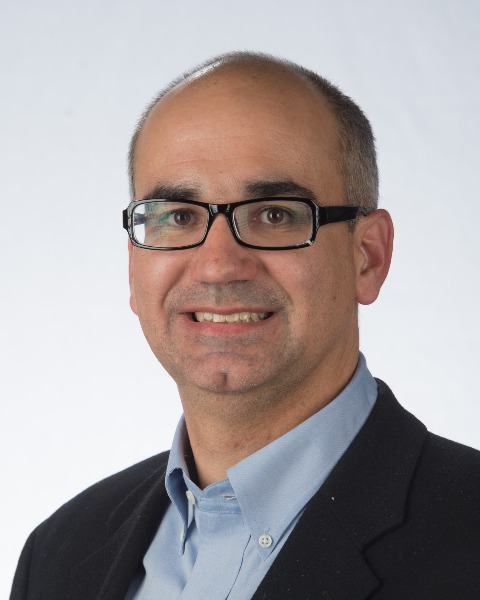Navigating Politics to Advance Planning
We Want Trader Joe’s! Navigating Mall Redevelopment Politics
Sunday, April 14, 2024
3:00 PM - 3:45 PM CT
Location: Room 200 A - E
CM | .75
Division Endorsement: Housing and Community Development Division

Stephen Ibendahl, AICP
Principal
The i5Group LLC
St. Louis, Missouri- JW
Justin E. Wyse, AICP (he/him/his)
Director of Planning
City of Chesterfield Plng Dept
Chesterfield, MO
Moderator and Speaker(s)
Speaker(s)
There are estimates that 25% of America’s roughly 1,000 malls will close soon, continuing a trend of recent mall closures. A vacant mall leaves a significant void in a local community's fabric – socially, visually, and economically. Moreover, managing the expectations of residents for redevelopment can often be unrealistic (for instance, the desire for a Trader Joe's).
Mall redevelopment isn't one-size-fits-all. In this session, we will highlight the transformation of two malls in the St. Louis region, each headed for different outcomes. One is being redeveloped into a mixed-use space, featuring residential and office units. The other is set to become an expansion hub for the thriving regional ag-tech sector. Throughout the session, we will delve into the complexities of navigating the political landscape surrounding mall redevelopment, addressing property-related challenges, and, most crucially, aligning with resident expectations and their vision for these former malls.
Inclusive and equitable planning played a pivotal role in the Jamestown Mall redevelopment process, especially considering that the racially and economically diverse community (53% Black population) strongly opposed an earlier redevelopment proposal for a logistics center. This session will spotlight engagement that successfully regained community trust and fostered consensus in support of the proposed plan recommendations.
Access this session with closed captions (Wordly)
Mall redevelopment isn't one-size-fits-all. In this session, we will highlight the transformation of two malls in the St. Louis region, each headed for different outcomes. One is being redeveloped into a mixed-use space, featuring residential and office units. The other is set to become an expansion hub for the thriving regional ag-tech sector. Throughout the session, we will delve into the complexities of navigating the political landscape surrounding mall redevelopment, addressing property-related challenges, and, most crucially, aligning with resident expectations and their vision for these former malls.
Inclusive and equitable planning played a pivotal role in the Jamestown Mall redevelopment process, especially considering that the racially and economically diverse community (53% Black population) strongly opposed an earlier redevelopment proposal for a logistics center. This session will spotlight engagement that successfully regained community trust and fostered consensus in support of the proposed plan recommendations.
Access this session with closed captions (Wordly)
Learning Objectives:
- Navigating the political challenges of mall redevelopment to advance a community driven vision.
- Equitable community engagement techniques that successfully foster trust and consensus in support of mall redevelopment plans.
- Understanding the regional economic trends and market conditions to lead to successful and realistic mall redevelopments.
